Image Gallery: How Technology Reveals Hidden Art Treasures
Rembrandt's Revision
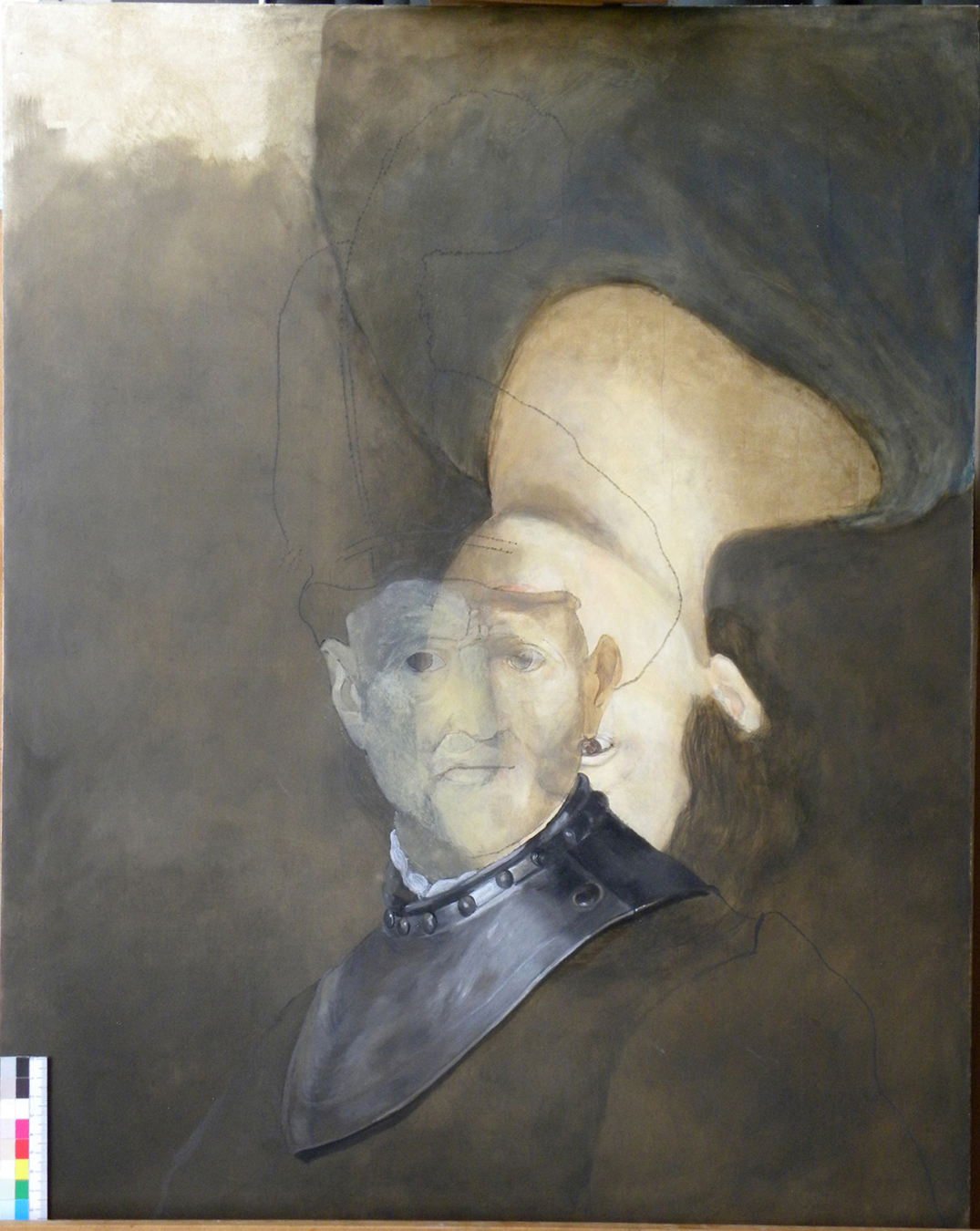
For centuries, art historians have been aware that older paintings were often hidden beneath the surface of later masterpieces. New, noninvasive scanning technologies have now made it possible to uncover some of the art world's hidden gems.
The image above shows the painting "Old Man in Military Costume" by Dutch master Rembrandt Harmenszoon van Rijn. Macro X-ray fluorescence was used to reveal an older portrait beneath the image of the old man.
Stonehenge Carvings

Advanced laser-scan surveys have revealed 72 previously unknown Bronze Age carvings of axe-heads and daggers chipped into five of the monoliths at Stonehenge. The weathered carvings are now almost invisible to the naked eye, but would have been easily visible in ages past.
Hidden Van Gogh
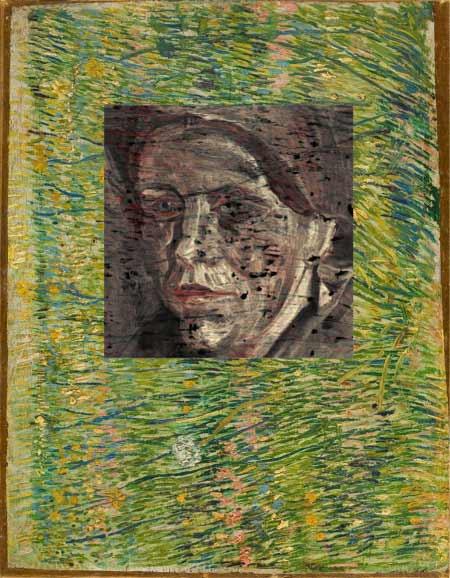
Art historians have known for years that Vincent van Gogh painted over many of his canvases. By using synchrotron radiation-induced X-ray fluorescence spectroscopy, scientists were able to reveal the portrait of a woman hidden beneath van Gogh's 1887 painting, "Patch of Grass."
A Fresco, Refreshed
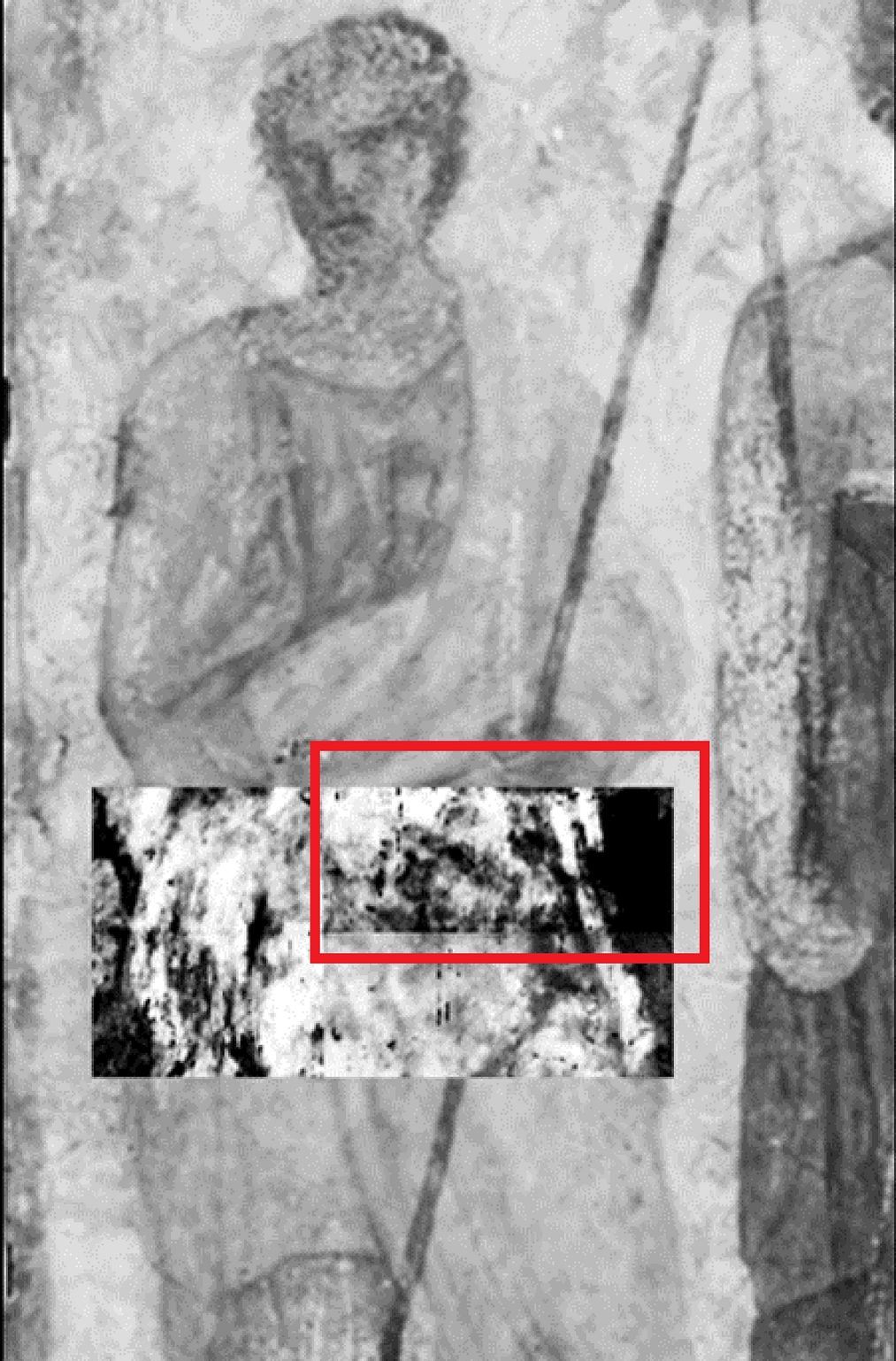
Art historians used terahertz radiation scanning (the same technology used in airport security scanners) to reveal a man's face in an ancient fresco beneath the surface of a later fresco, "Trois Hommes Armés de Lances" ("Three Men Armed with Lances"), one of the Louvre Museum's fresco treasures.
From Fisticuffs to Family Portrait
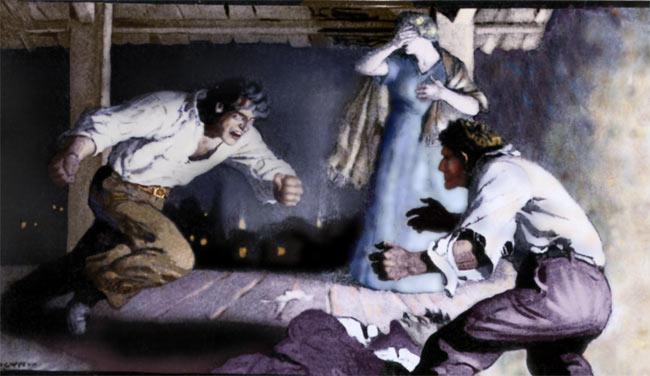
Using a technique called confocal X-ray fluorescence, researchers discovered a dramatic painting of a fistfight, "The Mildest Mannered Man," by famed American artist N.C. Wyeth. The painting was hidden beneath a later painting titled "Family Portrait."
Ribbons Removed
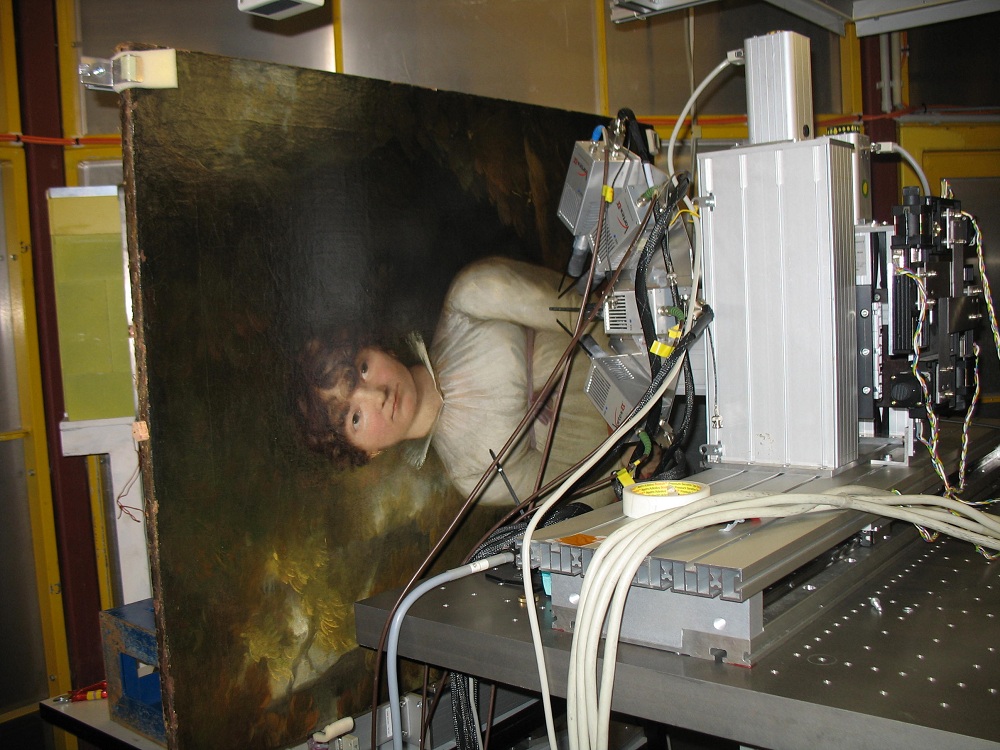
Scanning macro X-ray fluorescence analysis, performed by a mobile X-ray scanner, found that the subject in Philipp Otto Runge's "Pauline in a White Dress in Front of a Summery Tree Scenery" once wore ribbons in her hair.
Sign up for the Live Science daily newsletter now
Get the world’s most fascinating discoveries delivered straight to your inbox.










